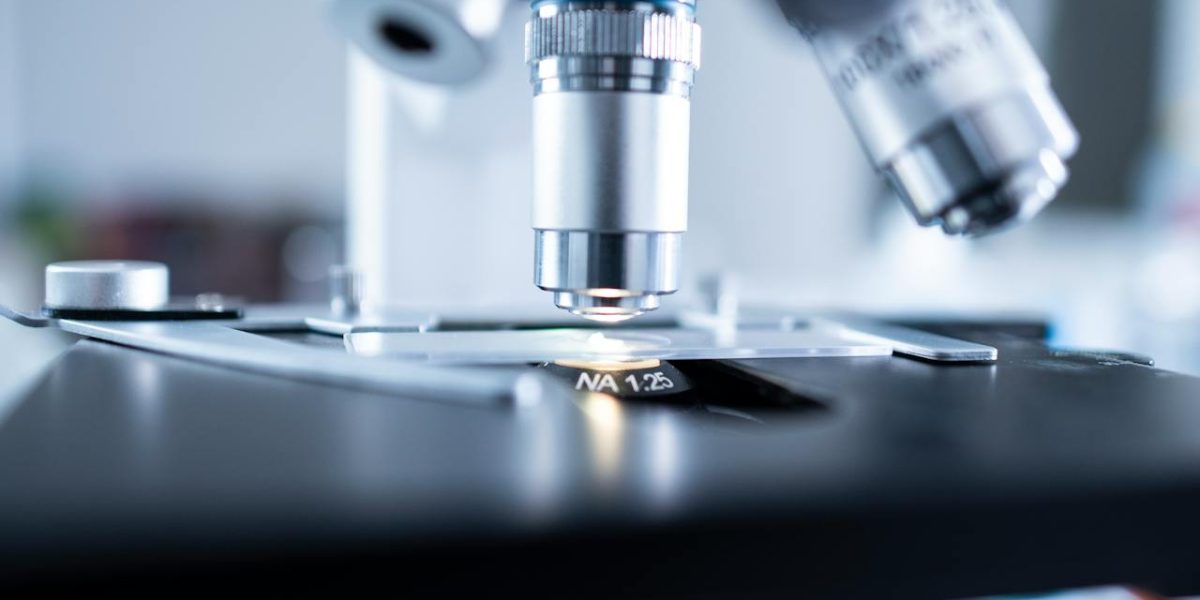Platelet-Rich Plasma (PRP) therapy is a treatment that uses a patient’s own blood to support natural healing. It’s a minimally invasive method that has gained attention across dermatology and aesthetic practices. The main aim of PRP therapy is to encourage tissue repair, collagen production, and overall skin or hair rejuvenation using concentrated platelets.
While many cosmetic procedures involve synthetic fillers or chemicals, PRP takes a biological approach. Since it uses components derived from the patient’s body, the likelihood of adverse reactions is low.
Key Benefits of PRP Therapy
Some of the most discussed benefits include:
- Improved skin texture and tone
- Reduction in fine lines and wrinkles
- Enhanced hair growth in thinning areas
- Accelerated wound healing in soft tissues
These effects are not instant but develop gradually, offering a more natural-looking outcome.
The Science Behind PRP Therapy
The treatment involves drawing a small sample of blood, which is then spun in a centrifuge to isolate the platelets. These platelets are rich in growth factors. When reintroduced into targeted areas, they signal the body to begin the repair process.
- Platelets release proteins that promote cell regeneration
- Growth factors help stimulate collagen and elastin production
- New tissue forms, creating a smoother and healthier appearance
Because the therapy is autologous, the risk of infection or allergic reaction is significantly reduced.
Common Applications of PRP in Aesthetics
PRP is versatile and can be used in multiple aesthetic contexts. It is commonly integrated into facial rejuvenation plans and hair restoration treatments.
Skin Rejuvenation
In facial aesthetics, PRP is injected into the skin or applied topically after microneedling. This can help with:
- Acne scars
- Dull or uneven skin tone
- Sun damage
The results build up gradually, usually requiring several sessions.
Hair Restoration
For hair loss, PRP is injected into the scalp to stimulate dormant follicles. Many patients notice reduced shedding and fuller volume over time.
What is PRP Training for Face?
Professionals interested in offering PRP services often undergo specific training. What is PRP training for face? It involves learning the techniques required to perform facial rejuvenation using platelet-rich plasma. The training typically covers:
- Patient assessment and suitability
- Safe blood handling procedures
- Injection and microneedling techniques
- Post-treatment care and follow-up
Learning the proper methods ensures both safety and optimal results for clients. Clinics that invest in certified training improve trust and patient satisfaction.
What Makes PRP a Preferred Option?
Clients looking for less invasive alternatives to surgery often consider PRP. The therapy stands out due to:
- Minimal downtime: Most people resume normal activity within a day
- Natural mechanism: Using the body’s own cells appeals to those avoiding synthetic materials
- Versatility: Can be used alongside other aesthetic treatments
PRP doesn’t deliver overnight transformations. Instead, its appeal lies in its subtle, steady improvement without the need for drastic procedures.
Factors to Consider Before Undergoing PRP Therapy
PRP is not suitable for everyone. It’s important for patients to consult qualified professionals who can evaluate individual needs and medical history.
Key Considerations
- Individuals with certain blood disorders may not be eligible
- Multiple sessions are often required for best results
- Results may vary depending on skin type and condition
Transitioning to PRP therapy is a personal decision that should be based on realistic expectations and expert guidance.
How Clinics Implement PRP in Their Practice
Medical and aesthetic professionals need proper tools and training to introduce PRP services effectively. Many clinics now combine PRP with procedures like microneedling or laser therapy to amplify outcomes.
To meet client expectations, practitioners should:
- Maintain high hygiene standards
- Stay updated on latest techniques and research
- Offer clear guidance before and after treatment
As demand grows, certified training remains crucial for safe and ethical practice.
Summary of the Purpose of PRP Therapy
At its core, PRP therapy supports the body’s natural repair systems. By concentrating healing properties from the blood, it helps improve skin appearance, restore thinning hair, and enhance tissue health without the need for synthetic products.
Key Points Recap
- PRP enhances collagen production and skin texture
- It promotes natural hair growth when injected into the scalp
- It suits those preferring subtle results without surgery
- Proper training ensures safe and effective results
Final Thoughts
Understanding what is the purpose of PRP therapy allows both professionals and clients to make informed choices. From promoting healthier skin to supporting hair growth, this treatment continues to gain ground in non-surgical aesthetics.
Clinics or individuals interested in learning what is PRP training for face can benefit from reliable educational platforms. RMA, for instance, provides trusted guidance and hands-on training in this area.












